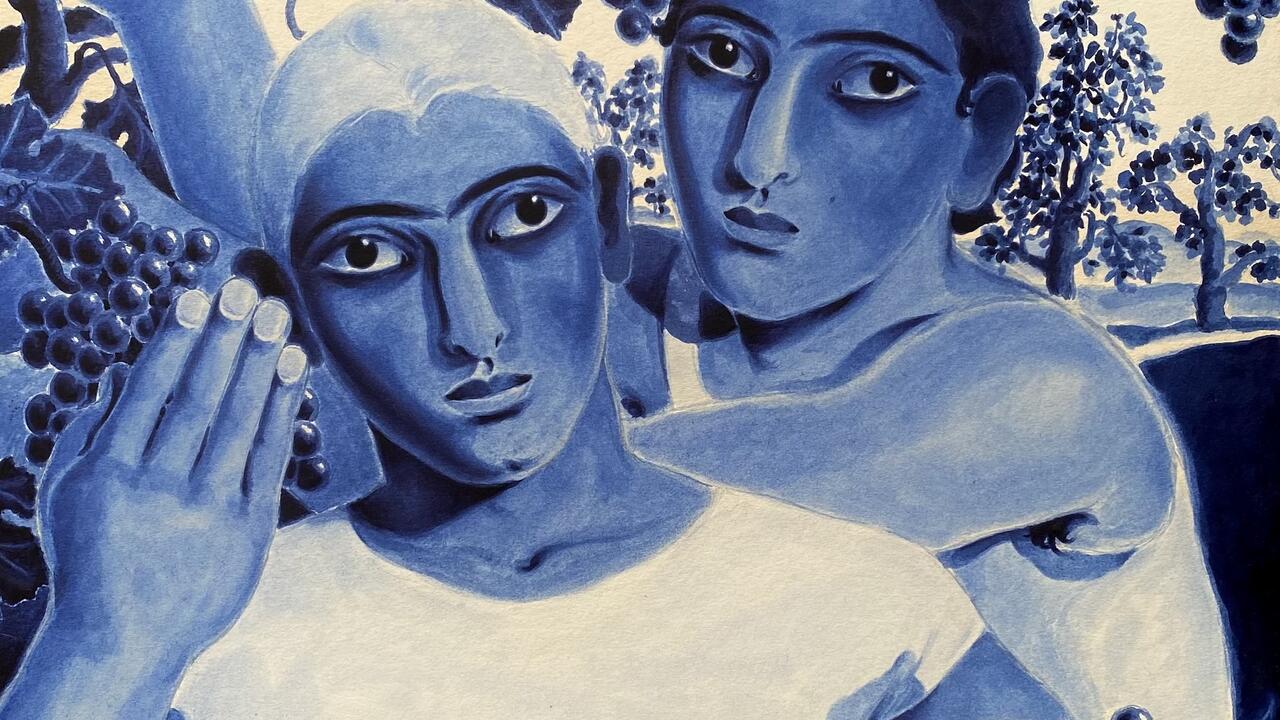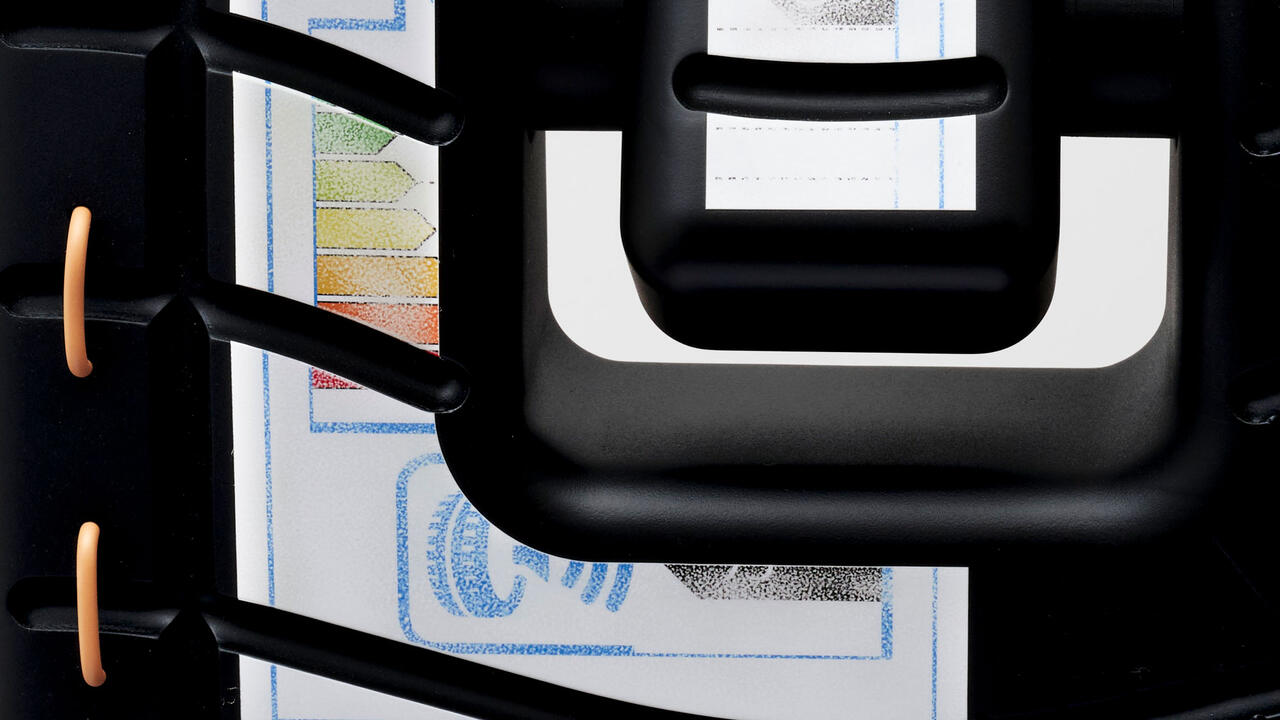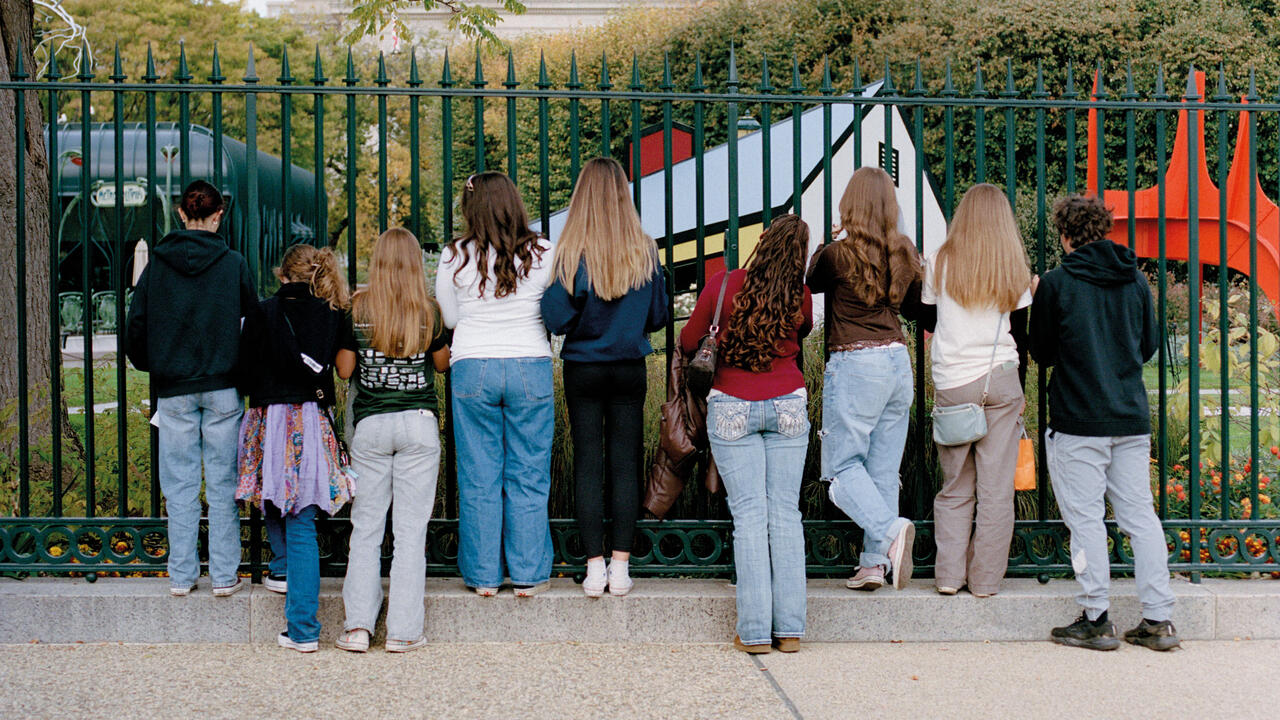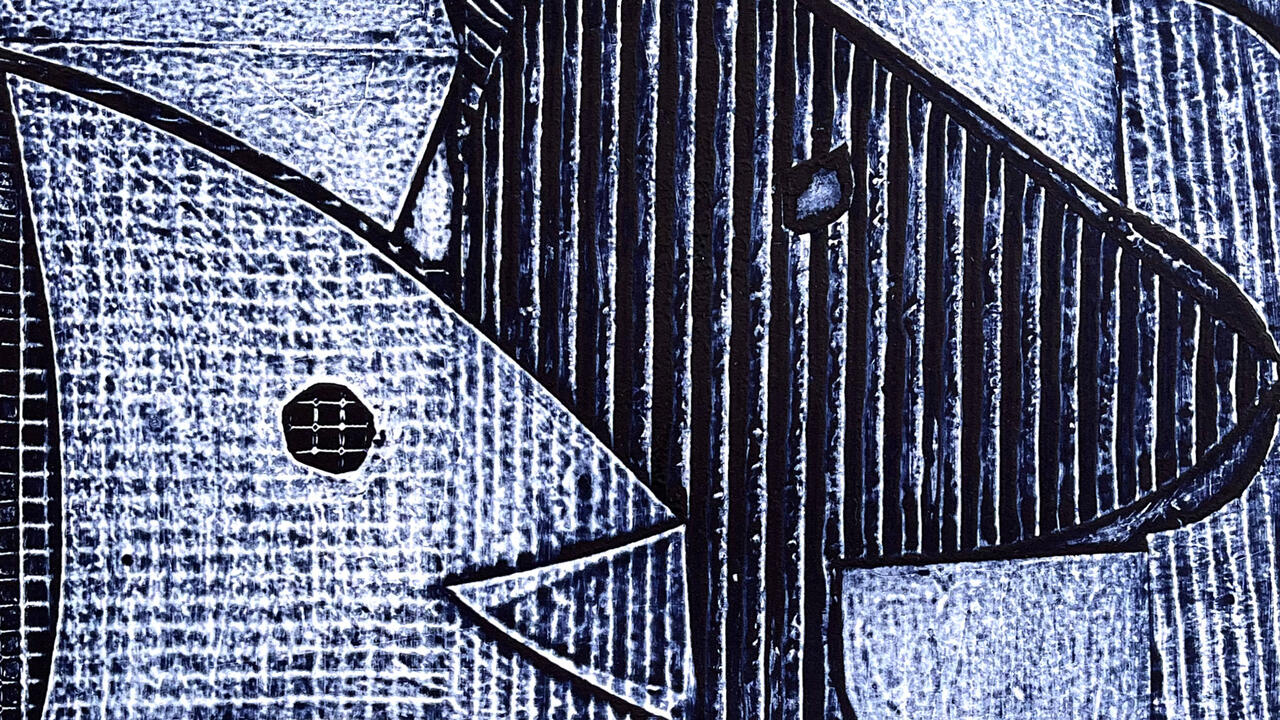Did the Power of Curators Wane in the 2010s?
Why the rise of ‘curatorial collectives’ spells an uncertain future for the profession
Why the rise of ‘curatorial collectives’ spells an uncertain future for the profession

Over the past five years, a notable reaction to the world’s dire political climate has involved the radicalization of contemporary art discourse and an intensification of responses to exhibitions, plus a wide range of protests fueled or amplified by social media. Let us briefly consider a few of the major artistic causes célèbres over the decade: the well-publicized shutdown of LD50 gallery in London in the spring of 2017 or the controversy surrounding Dana Schutz’s Open Casket (2017) in that year’s edition of the Whitney Biennale. These events were followed up by the reaction of indigenous groups in the US to the installation of Sam Durant's Scaffold (2017) at the Walker Art Center and what they considered to be Jimmy Durham’s fabrication of his aboriginal heritage. Then came protests against Laura Owens in Los Angeles and Omer Fast in New York for their perceived role in gentrification. That year ended with the art world’s own #metoo metastasizing via the social media hashtag #notsurprised and led by allegations of sexual misconduct against Artforum co-publisher Knight Landesman. As these events unfolded, some digital news outlets devolved into a form of art-activist yellow journalism. In some cases, it was hard to notice the line that separated reporting from participation.
This year, a major counter-institutional movement involved the protest against Sackler family funding, including Hito Steyerl’s protest at her Serpentine Gallery solo exhibition. Much art-world wealth is drawn from collectors who often hold powerful positions on the boards of directors at large art institutions, heightening the contradictions between social class and progressive culture. This disparity has turned museums into a battleground of grievances while at the same time providing certain individuals, groups and collectives newfound opportunities to shape the broader culture while defining their own career trajectories.

Protests will come and go, but one lasting development might be the move towards collectivizing and decentering the figure of the curator, especially where it concerns curation in art institutions. Consider the recent appointments at large operations such as Documenta – whose next edition will be curated by the Indonesian collective ruangrupa – or Kunsthalle Wien with its new directors, the collective What, How & for Whom (Ivet Ćurlin, Nataša Ilić & Sabina Sabolović). In February, the news that the collective directorship of the next Documenta would be awarded to the Indonesian collective Ruangrupa. Documenta and the Kunsthalle Wien are in the process of switching to a new and almost unknown directorship model based on collective work-sharing. In the case of Documenta, one can argue the transition to a politicized, collectivized future began during Adam Szymczyk’s 2017 edition after criticism regarding the lack of diversity in the curatorial team forced him to expand the initial list of curators to include Paul B. Preciado, Sepake Angiama, Bonaventure Soh Bejeng Ndikung, Natasha Ginwala and Candice Hopkins. A comparable though less politicized example of collective curating was DIS, the choice for the 9th Berlin Biennale (2016), or Elmgreen and Dragset for the 2017 Istanbul Biennale.
The practice of collective curation has its origins in artist collectives, numbers of which have grown in the last ten years. One of the most prominent in terms of operational activity is the Otolith Group, who direct a non-profit organization which, in addition to making art, organizes lectures, seminars, discussions and screening programs in collaboration with a wide range of museums, foundations and private institutions. Others, such as Raqs Media Collective and Slavs & Tatars, are involved both in making art and curating. The former was responsible for putting together the 2016 edition of the Shanghai Biennale and the latter completed work staging the Ljubljana Biennial of Graphic Arts in 2019.
Three announcements concerning directorships at contemporary art institutions have been made in 2019, all assumed to be progressive and emancipatory in terms of how they will reimagine the role of curator and curatorial practice, but also for the kind of art and exhibition-making they are expected to foster. Yet taken out of an experimental context and subject to scale, I wonder if this sea change has the potential to create more problems than it solves.

Institutional artistic directorships are already precarious. They are subject to the discretionary powers of the institution’s board of directors, who often have the ability to fire and replace them, a power that can potentially be leveraged against an individual in a process not unlike cell-division. How would this function in the case of a collective – would they be buttressed or weakened by their numbers? How will salary, benefits, travel and other budgets be allocated? How can the shrinking funds of institutions ensure resources are distributed evenly between collective members? Can the salary of a single person be stretched to accommodate 10 people, in the case of Documenta, three, in the case of Kunsthalle Wien, or even two, as will be the case for the Gwangju Biennale?
Are curators expected to also hold other jobs – teaching or consulting, perhaps – while directing an institution? If so, how would these other roles interact with their role at the institution? Would collectivity at the directorship level cut existing bureaucracy or add to it? Since fundraising relies on interpersonal connection, how will the imbalance of fundraising powers among collective members shape their power as constitutively equal co-directors? To put it in stark terms: will collectivity as an abstract concept become a new cultural technology to mask power imbalances at institutions? What kinds of power dynamics will be created between the board and senior staff with greater, longer-term power at these institutions versus the director collective directorate as a potentially disposable node? Might a dynamic of divide and conquer emerge as different political and cultural interests in the institution vie to influence the day-to-day decision-making of the collective directorate and consequently the institution’s programming?

I’ve been told (unofficially) that the Documenta finding committee which selected the Indonesian collective has also allegedly been tasked with becoming a more permanent body to oversee aspects of the exhibition to ensure things wouldn't go wrong like last time. A promising note applicable to both collectives in Kassel and Vienna is that through their experience working in more conservative political environments – Indonesia and Croatia respectively – they might be better able to navigate difficult new contexts. Yet more fundamental questions must be asked soon lest their answers be revealed in a slower and more painful process of institutional unfolding in the critical final days before opening.
Main Image: ruangrupa (Reza Afisina, Indra Ameng, Farid Rakun, Daniella Fitria Praptono, Iswanto Hartono, Ajeng Nurul Aini, Ade Darmawan, Julia Sarisetiati, Mirwan Andan), 2019. Photograph: Gudskul / Jin Panji





















